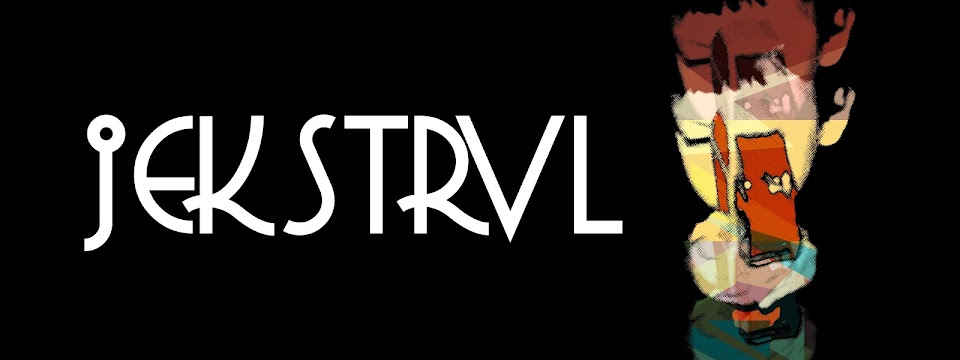 Speaking of crossing over, Dinig Sana Kita is one indie film that has crossed-over the mainstream cinema in terms of how its storytelling goes.
Speaking of crossing over, Dinig Sana Kita is one indie film that has crossed-over the mainstream cinema in terms of how its storytelling goes.As far as mainstream Pinoy cinema is concern, there is nothing commercial about the two leads: a rocker chick and a deaf dancer dude. Kapag pinitch sila sa mga major studios, di sila bebenta for such characters are from the other end of the spectrum. Kokonti ang makaka-relate, ang sasabihin sa 'yo ng mga bosses. 'Pag nagkaganu'n, potential flop na siya kaagad.
Buti na lang at may Cinemalaya who saw the potential in these characters. Di man sila commercial, for sure, mamahalin naman sila ng audience sila.
Just knowing how different the leads are, makakaisip ka na ng maraming scenarios para sa kanila. How would a rocker chick, who is so exposed to the noise, deal with a deaf dude and a dancer at that? Could music be enough to bond them together, even if one can hear and the other can't? How can they communicate with each other when one blocks herself through noise while the other lives in silence? If ever they surpass the physical barriers, how will they work with the scrutinizing eyes of the society?
There are so many possibilities on how the story could go with such distinct characters. However, instead of going boldly, Dinig Sana Kita preferred to go the conventional way-- a typical family drama. Instead of dealing with the characters' physical differences and inner struggles, it went externally -- having an uncommunicative family and the lack thereof.
Nina (Zoe Sandejas) meets Kiko (Romalito Mallari) in Baguio where she is sent off to camp with other hearing and non-hearing teens to bond with them and eventually realize her mistakes in the past and be a changed person with the experience. She is a problem child and her parents can't deal with her anymore. Kiko, on the other hand, is an abandoned child, who reaches out to her. He longs to be with his mother whom he sees everyday in a neighboring house in a community where he moved. Friendship blossoms between them as they realized that there are more common things between them than there are differences.
I didn't like how the movie resolved the physical differences between the two leads. One would expect that Nina will learn sign language to communicate well with Kiko, but she didn't. She became deaf herself because of how she badly she exposed her ears to noise. It was only then that her father had stopped yelling at her and learned to listen to her needs. I don't get why the filmmakers had to resort to such extreme to get their point across when there are alternatives to it. Ayokong isipin na ang statement lang nila about it is take care of one's ears.
As far as Kiko is concerned, whom I believe is a much interesting character, he is reunited with his mother in the end, whom he learns was a dancer in her younger years, as well. No drama. No explanations about the past. Parang enough na pinagbuklod sila ng dancing.
While there is magic written all over the film, it was lackluster. The direction it wanted to take was clear, a romantic drama meant for kiligs. No pretentions na magpaka-deep o tunay na buksan ang mga mata ng audience sa plight ng mga kapatid nating hindi nakakarinig. Having a handicap myself, I could relate. But what about the rest of the audience? Yes, it is just right to treat them as equals, but we can't deny that they have special needs to be attended to. 'Yun ang dapat iparating sa audience. That we are alike and different at the same time. Pero 'yun nga. It seems that the movie has no desire to delve into it.
Nakakahinayang nga lang because there was so much going for it storywise. Instead of taking the high road, it took the common route. It could've been a great romantic drama if it was daring enough to go to uncharted territories. However, it sure is refreshing to watch different set of characters falling in love on film! Hindi lang ang major studios ang nakakagawa ng leads whom we can relate to and fall in love with.

No comments:
Post a Comment